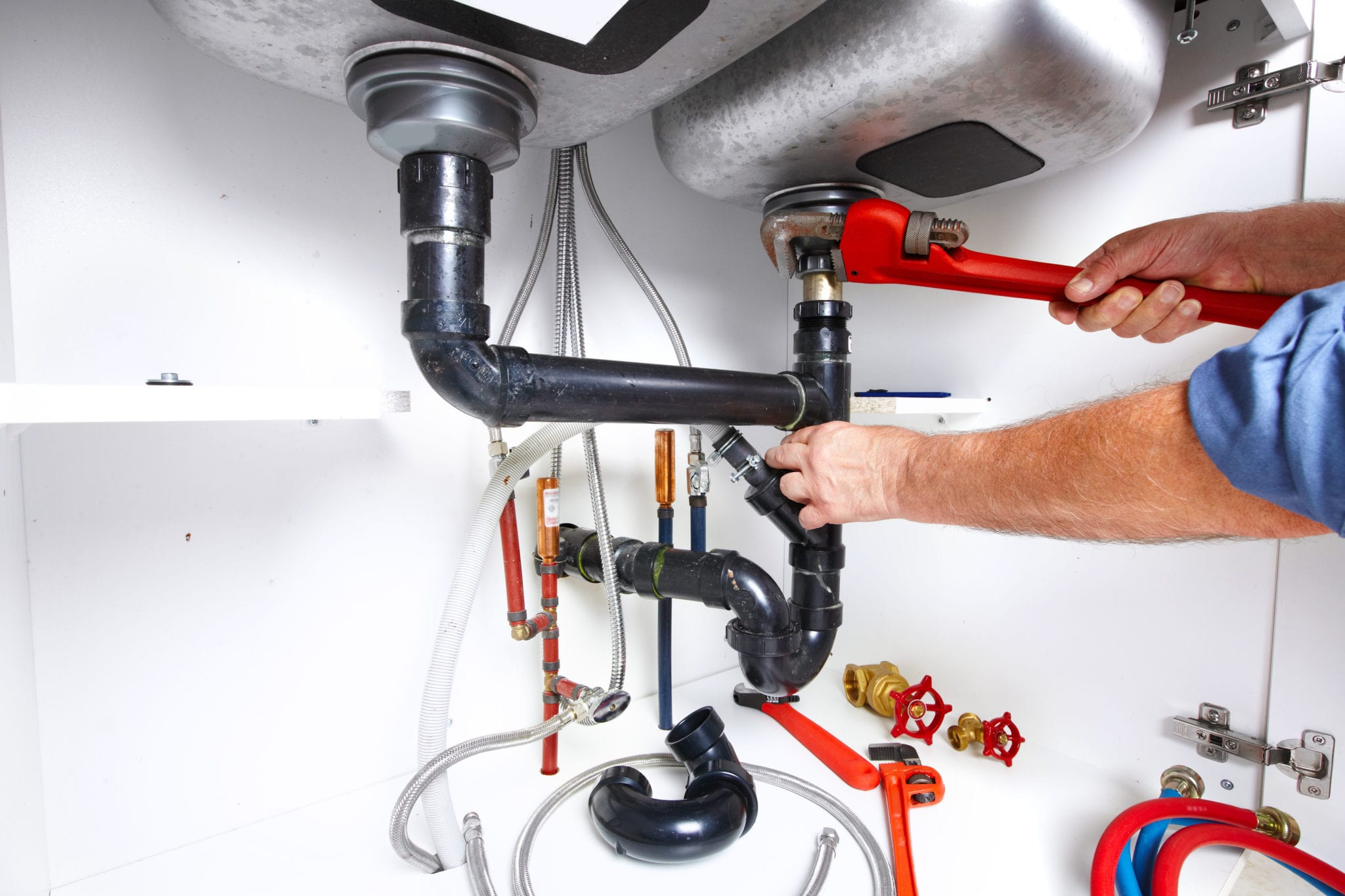How do you feel in regards to Locating water leaks?

Early discovery of leaking water lines can mitigate a prospective calamity. Some tiny water leakages may not be visible.
1. Analyze the Water Meter
Every home has a water meter. Inspecting it is a surefire way that helps you find leakages. For beginners, turn off all the water sources. Make sure no person will flush, utilize the faucet, shower, run the washing maker or dishwasher. From there, go to the meter as well as watch if it will change. Given that nobody is using it, there need to be no movements. That indicates a fast-moving leakage if it moves. If you discover no adjustments, wait a hr or two and check back again. This indicates you might have a sluggish leakage that might even be below ground.
2. Check Water Intake
Assess your water bills as well as track your water consumption. As the one paying it, you should see if there are any kind of inconsistencies. If you detect sudden changes, despite your consumption being the same, it implies that you have leakages in your plumbing system. Bear in mind, your water costs should fall under the exact same array monthly. An unexpected spike in your costs shows a fast-moving leakage.
At the same time, a consistent rise every month, despite the very same habits, reveals you have a sluggish leak that's also slowly escalating. Call a plumber to extensively examine your residential property, especially if you feel a cozy area on your floor with piping beneath.
3. Do a Food Coloring Test
30% comes from commodes when it comes to water usage. Test to see if they are running properly. Drop flecks of food shade in the container and also wait 10 minutes. There's a leak between the tank and also bowl if the shade somehow infiltrates your bowl throughout that time without flushing.
4. Asses Exterior Lines
Do not fail to remember to examine your exterior water lines too. Ought to water permeate out of the link, you have a loosened rubber gasket. One little leakage can throw away bunches of water and spike your water bill.
5. Examine the scenario as well as inspect
Home owners should make it a routine to examine under the sink counters as well as even inside closets for any bad odor or mold and mildew growth. These two red flags indicate a leak so punctual attention is called for. Doing routine assessments, also bi-annually, can save you from a significant issue.
Examine for discolorations and deteriorating as many pipelines and also appliances have a life expectations. If you believe leaking water lines in your plumbing system, don't wait for it to rise.
Early detection of leaking water lines can mitigate a prospective calamity. Some small water leaks may not be visible. Inspecting it is a surefire way that helps you discover leaks. One little leakage can lose loads of water and also increase your water costs.
If you presume leaking water lines in your plumbing system, do not wait for it to rise.
Tips for Detecting Hidden Plumbing Leaks
Check for Signs of Water Damage
We recommend that you check the following places for evidence of water damage:
Near where you store your water heater
Around your sump pump
In areas where pipes are visible
Underneath cabinetry or a vanity beneath a sink
Where your outside hose bib is
If water damage is present, you may also notice mold and/or mildew or smell a foul or musky odor. You might also be able to hear the sound of water running where it shouldn’t be.
Perform a Water Meter Test
One of the easiest ways to determine whether you have a hidden leak on your property is to test your water meter. Turn off all appliances in that use water and make sure you don’t have any faucets running. Locate your water meter and record the reading on it. Continue to leave everything off for a minimum of two hours and then go back and see the meter reading. If it’s a noticeable difference, chances are you have a hidden plumbing leak.
Monitor Your Outside Usage
As the seasons change, you might use more water to keep your yard lush and green and your flowers blooming. However, it’s important to routinely ensure that your sprinkler or irrigation system is working properly and that any outside faucets are completely off. This way you’re not wasting any water.
Do the Toilet Food Coloring Test
Are you kept up at night because your toilet continues to run? If you’ve noticed your toilet randomly refills, especially when it’s not in use, it could mean you have a defective flapper tank and water will leak into the bowl. Fortunately, there’s an easy (and kind of fun!) way to test whether you’re dealing with this issue. Grab some food coloring and add a few drops into your toilet’s tank. Wait 15 minutes and then check to see whether the water in the bowl is colored. If it is, you have a leak within your toilet and the internal assembly will need to be repaired or replaced.
https://www.carterservices.com/blog/2020/february/tips-for-detecting-hidden-plumbing-leaks/

We had been brought to that article about Locating water leaks through an associate on our other web blog. Sharing is nice. Helping people is fun. I praise you for your time. Don't forget to visit our site back soon.
 Rider Strong Then & Now!
Rider Strong Then & Now! Danica McKellar Then & Now!
Danica McKellar Then & Now! Elin Nordegren Then & Now!
Elin Nordegren Then & Now! Earvin Johnson III Then & Now!
Earvin Johnson III Then & Now! Jaclyn Smith Then & Now!
Jaclyn Smith Then & Now!